Discrete Mathematics - AI-powered math tool
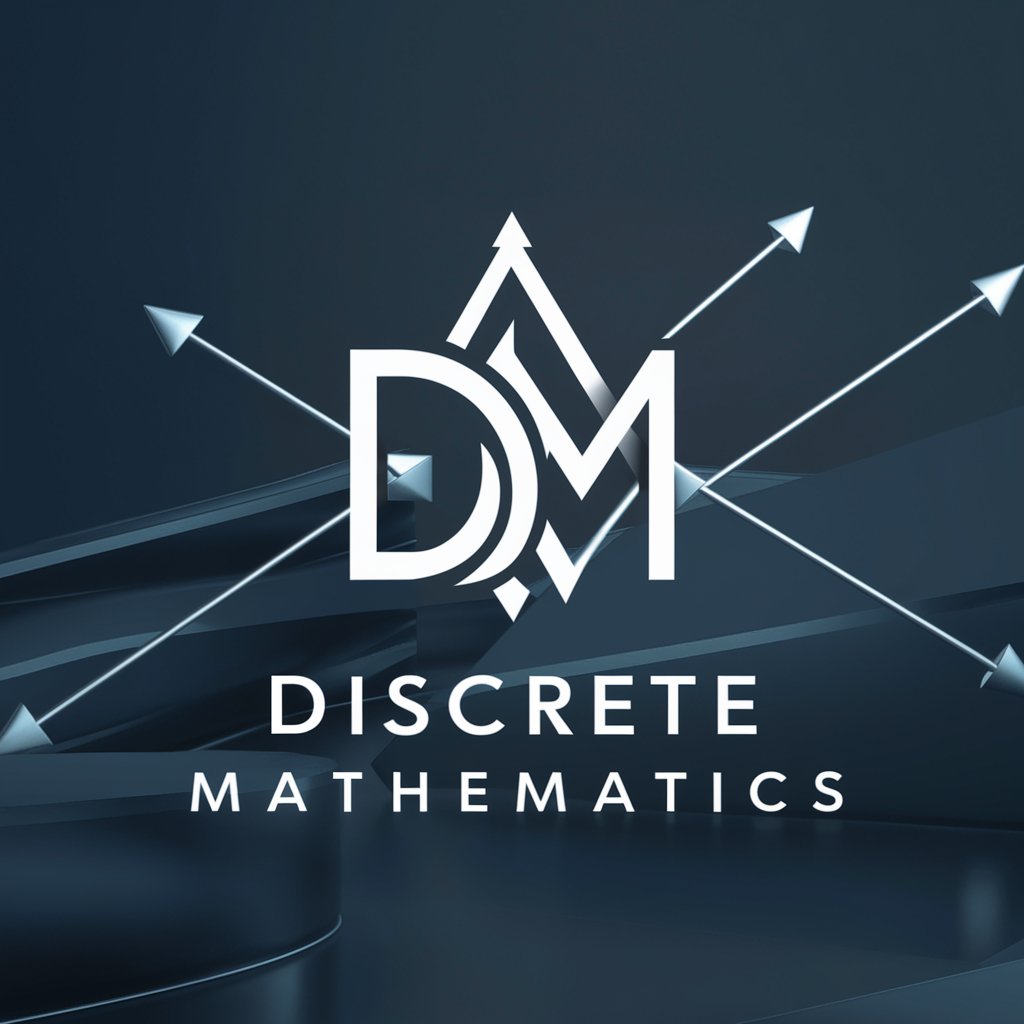
Welcome to Discrete Mathematics, your high-level math assistant.
Empowering logic and computation with AI
Explain the concept of mathematical induction and provide an example.
Discuss the difference between direct proof and proof by contradiction.
How is a proof by contrapositive constructed?
What are the key elements of a discrete mathematical system?
Get Embed Code
Overview of Discrete Mathematics
Discrete Mathematics encompasses the study of mathematical structures that are fundamentally discrete rather than continuous. This field does not deal with real numbers to the same extent as calculus does, but rather focuses on countable, separate values. Discrete Mathematics is foundational for computer science and information technology, as it includes topics such as logic and Boolean algebra, set theory, graph theory, combinatorics, algorithms, and discrete probability. These areas are crucial for the development and analysis of algorithms, data structures, cryptography, network design, and much more. For example, graph theory can be used to model and solve problems related to network flows, while combinatorics can aid in understanding the complexities of algorithmic efficiency and data arrangement. Powered by ChatGPT-4o。

Core Functions of Discrete Mathematics
Logic and Proof Techniques
Example
Developing algorithms requires a foundation in logic to ensure correctness and efficiency. Proof techniques such as induction are used to prove the validity of algorithms.
Scenario
In software development, ensuring an algorithm correctly sorts a list of numbers in ascending order without missing any steps.
Graph Theory
Example
Graphs are used to model networks, enabling analysis and optimization of paths, flows, and structures within networked systems.
Scenario
Optimizing routes in logistic networks to minimize transportation costs or improve delivery times.
Combinatorics
Example
This is used to count, enumerate, and understand structures of sets and the possibilities of their arrangement or combination.
Scenario
Calculating the number of possible passwords from a given set of characters, aiding in cybersecurity analysis.
Cryptography
Example
Utilizing principles of number theory and algebra to design secure communication protocols.
Scenario
Developing encryption algorithms to securely transmit sensitive information over the internet.
Algorithms and Complexity
Example
Analyzing and designing efficient algorithms for problem-solving, including understanding their time and space complexity.
Scenario
Designing an efficient search algorithm for quickly retrieving information from a large database.
Target User Groups for Discrete Mathematics
Computer Scientists and Software Developers
Individuals in these fields use discrete mathematics to develop and analyze algorithms, data structures, and software systems, ensuring they are efficient, reliable, and scalable.
Data Analysts and Scientists
These professionals apply combinatorics, graph theory, and probability to analyze complex datasets, identify patterns, and make predictions.
Network Engineers and System Architects
They utilize graph theory and algorithms to design, optimize, and secure network architectures and communication protocols.
Cryptography Specialists
Experts in this area apply number theory and algebra to develop and analyze secure encryption methods for protecting information.
Academic Researchers
Researchers in mathematics, computer science, and related fields use discrete mathematics as a foundational tool for theoretical exploration and application development.

How to Use Discrete Mathematics Tool
Initiate your journey
Begin by accessing yeschat.ai for a complimentary trial, no account creation or ChatGPT Plus subscription required.
Identify your needs
Determine your specific requirements in discrete mathematics, such as solving combinatorial problems, understanding graph theories, or encrypting data.
Explore features
Familiarize yourself with the tool's features and capabilities, including theorem proving, logic formulation, and mathematical modeling.
Apply to projects
Use the tool for your specific applications, such as academic research, algorithm design, or coding challenges, applying discrete mathematical principles as needed.
Review and refine
Analyze the outcomes and feedback from the tool, refining your queries and usage methods to enhance learning and problem-solving efficiency.
Try other advanced and practical GPTs
Abjad NLP
Powering Arabic Language with AI
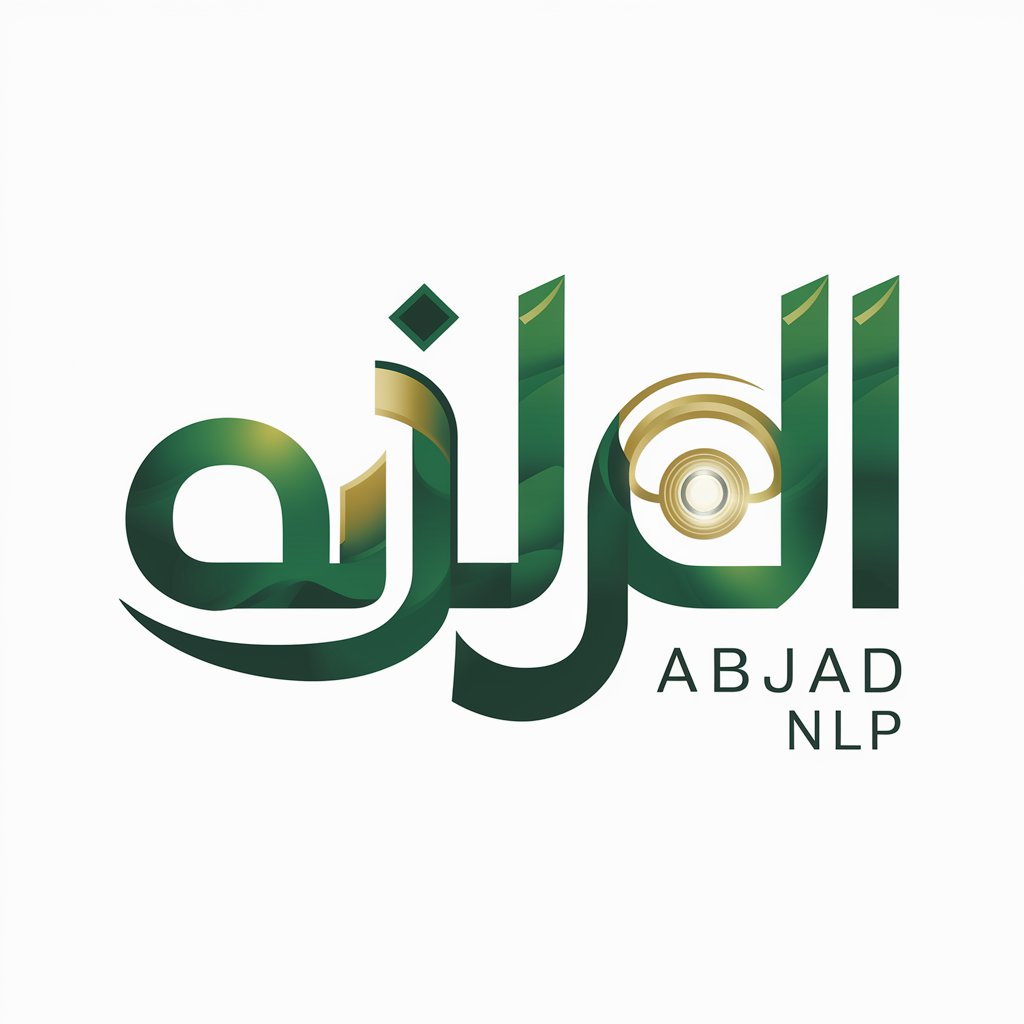
Doradca ds AI
Empowering Decisions with AI
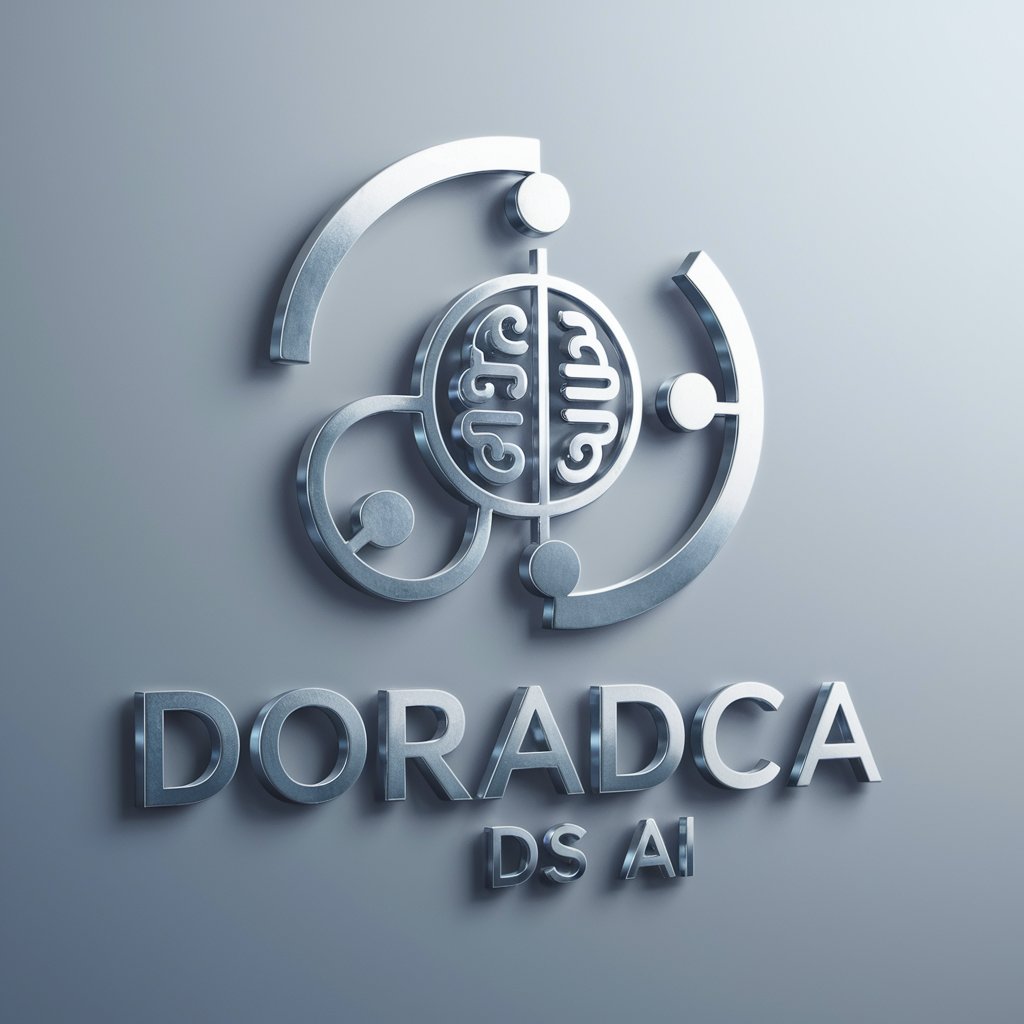
Elite Business Catalyst
Empowering Business Success with AI

Gold and Silver Insight
AI-Powered Precious Metals Market Analysis

Rewrite content
Enhancing Text with AI Power
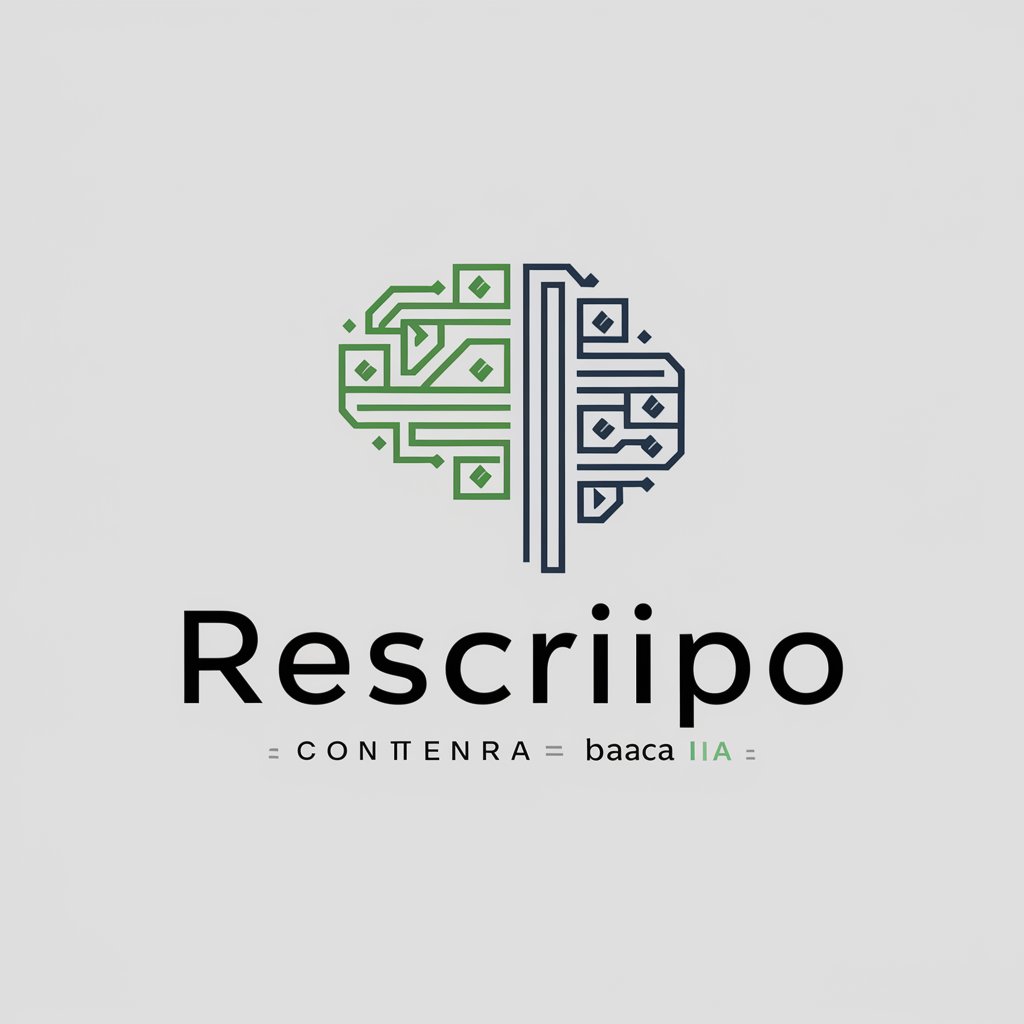
🧠 Neurocognitive Expert lv3.3
Unlocking Subconscious Influence
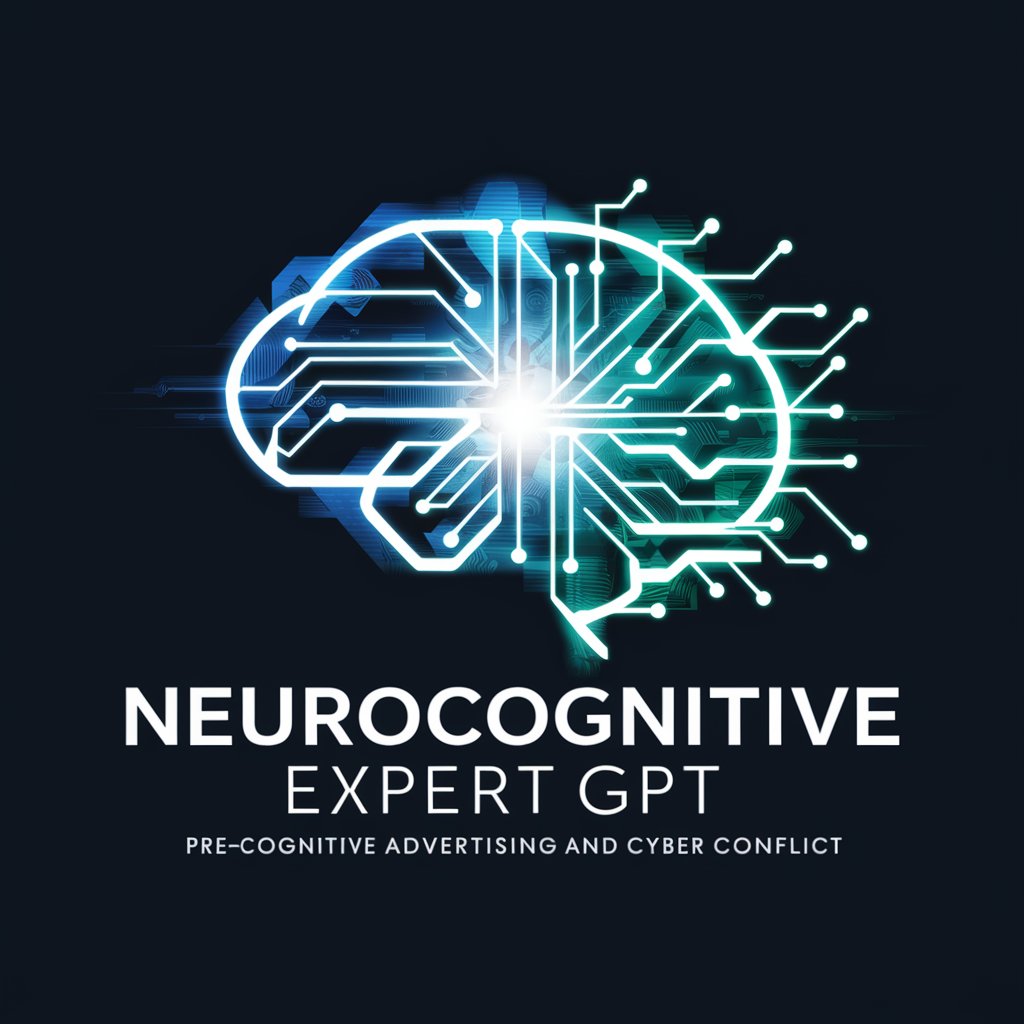
Meditation Assistant GPT
AI-powered personalized meditation support.

Coding Mastermind
Empowering Your Code with AI Expertise

Chilango Simulator
Immerse in Mexico City's culture and slang

SQLite-NLP-GPT
Empower your data with AI-driven insights
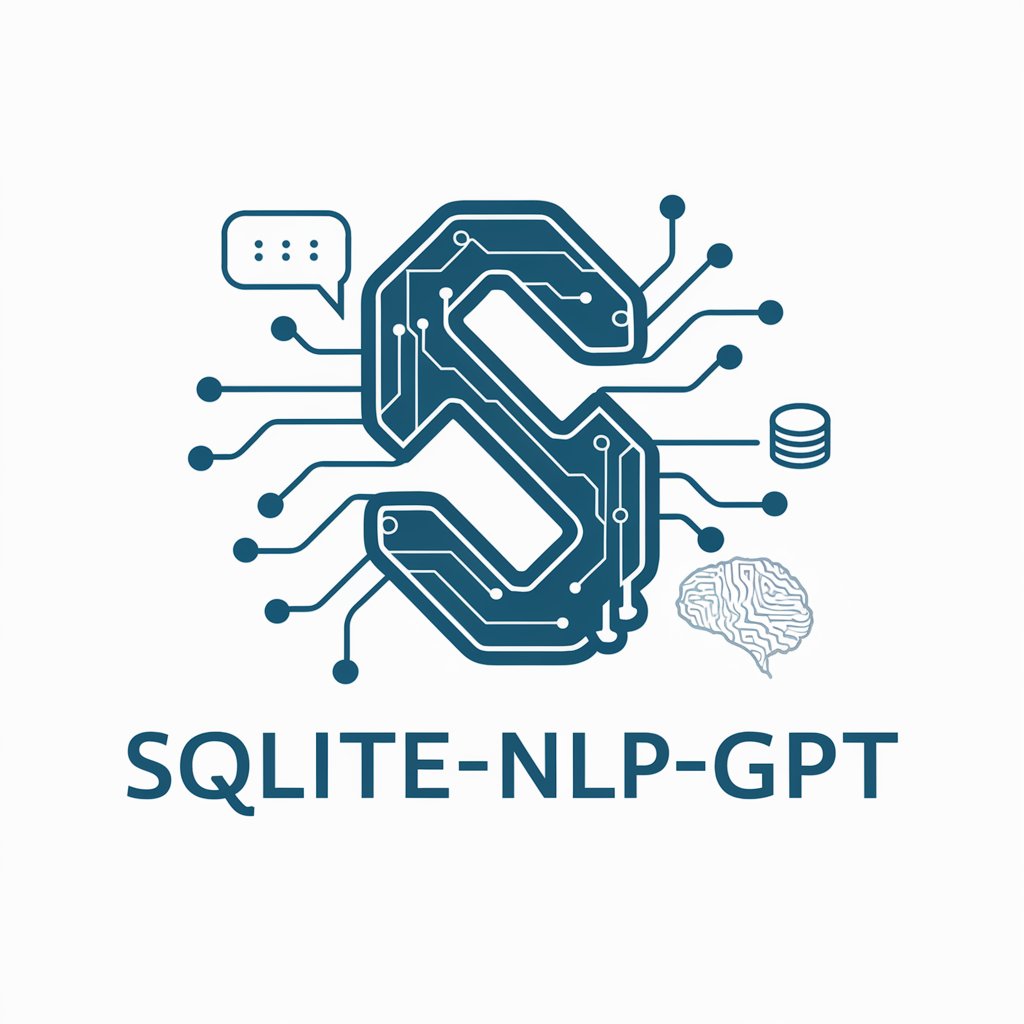
Mandarin Role Play Teacher
Immerse, Practice, Perfect: AI-Powered Mandarin Learning

Vietnamese
Unlock Vietnamese with AI-powered insights

Frequently Asked Questions about Discrete Mathematics
What is Discrete Mathematics used for?
Discrete Mathematics is used for studying mathematical structures that are fundamentally discrete rather than continuous. This includes algorithms, graph theory, cryptography, combinatorics, and logic, all pivotal in computer science, software development, and data encryption.
Can Discrete Mathematics help in programming?
Absolutely, Discrete Mathematics provides a foundation for understanding algorithms, complexity, data structures, and logical reasoning, which are critical for effective programming and software development.
How does Discrete Mathematics support data encryption?
Discrete Mathematics underpins cryptography, which is the practice of secure communication in the presence of adversaries. It employs mathematical theories like number theory and combinatorics to design algorithms for encrypting and decrypting data.
What role does graph theory play in network security?
Graph theory, a branch of Discrete Mathematics, is essential in analyzing and designing networks. It helps in understanding the connectivity, data flow, and potential vulnerabilities within a network, thus enhancing security protocols.
How can I use Discrete Mathematics to improve algorithm design?
Discrete Mathematics equips you with tools for analyzing complexity, efficiency, and correctness of algorithms. By understanding principles like recursion, combinatorics, and graph theory, you can design more efficient and effective algorithms.
